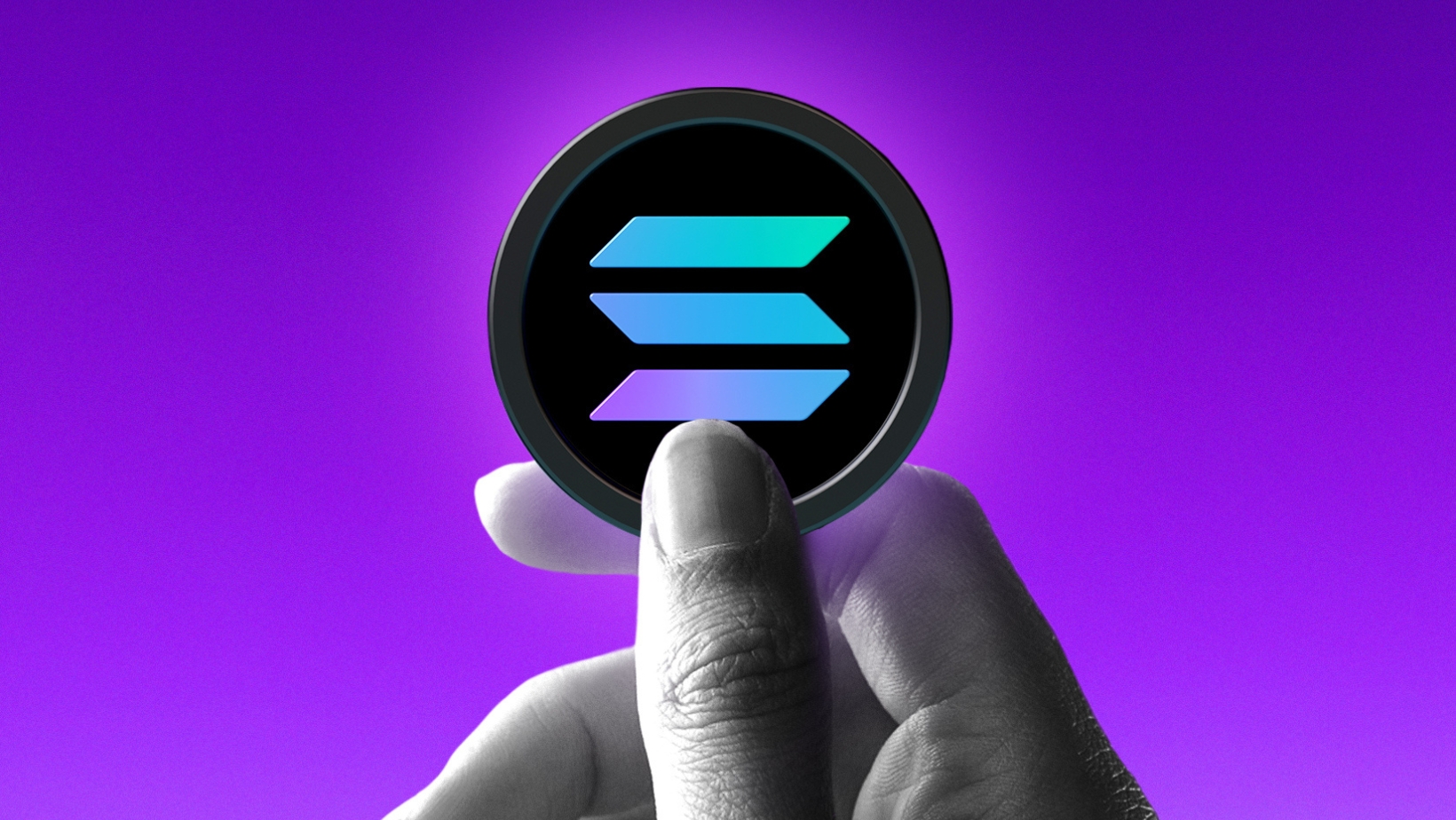
The cryptocurrency landscape has undergone remarkable transformations in the past few years, evolving from an obscure concept into a global financial powerhouse. By 2025, the industry is expected to mature even further, with several crypto networks at the forefront of driving innovation, adoption, and mainstream integration.
These networks are not just facilitating digital transactions; they are creating entire ecosystems that cater to decentralized finance (DeFi), non-fungible tokens (NFTs), smart contracts, and much more.
Here are some of the top crypto networks likely to dominate the industry in 2025:
Ethereum (ETH)
Ethereum has long been the cornerstone of the decentralized applications (dApps) ecosystem. Its robust smart contract capabilities have paved the way for thousands of decentralized projects.
Ethereum 2.0, launched with the aim of transitioning from a Proof of Work (PoW) to a Proof of Stake (PoS) consensus mechanism, is expected to drive significant improvements in scalability, energy efficiency, and transaction speed by 2025. With the Ethereum network’s growing adoption and innovations such as sharding, Ethereum is poised to retain its position as a dominant force in the crypto space. As a matter of fact, ETH is widely used in the crypto casinos 2025 sites.
Moreover, Ethereum’s ongoing development in the areas of Layer 2 scaling solutions like Optimism and Arbitrum has enabled it to handle more transactions per second (TPS) and offer a more seamless experience for users. Ethereum’s smart contract ecosystem will remain at the center of DeFi applications, NFTs, and tokenized assets, making it indispensable to the future of blockchain technology.
Solana (SOL)
Solana’s high throughput and fast transaction speed have quickly earned it a reputation as one of the most innovative blockchains.
With a unique Proof of History (PoH) consensus mechanism, Solana is capable of processing over 50,000 transactions per second (TPS), making it one of the fastest networks in the industry. By 2025, Solana’s ecosystem will likely continue to thrive with its growing presence in the DeFi and NFT sectors.
Solana’s low transaction costs and high scalability have made it an attractive platform for decentralized applications, financial services, and gaming. As the demand for fast and cheap transactions increases, Solana will continue to capture market share from slower networks, positioning itself as a major player in the digital asset space.
Polkadot (DOT)
Polkadot offers a unique interoperability feature that sets it apart from other crypto networks. Its ability to allow different blockchains to communicate with one another seamlessly via para chains positions Polkadot as a highly scalable and flexible solution. As the industry moves towards a multi-chain future, Polkadot’s ability to bridge the gap between various blockchains makes it a prime contender for leading the crypto space by 2025.

Polkadot is already home to a diverse range of applications, and its ecosystem is expanding rapidly. By 2025, the network is expected to be a key player in decentralized finance, enterprise blockchain solutions, and cross-chain communication, offering scalable and secure options for a variety of use cases.
Cardano (ADA)
Cardano has garnered attention for its scientific approach to blockchain development. With its Proof of Stake consensus mechanism, Cardano aims to provide a more energy-efficient alternative to Proof of Work blockchains. Cardano has also gained traction in the NFT and DeFi spaces, and its smart contract functionality is expected to be expanded and refined by 2025.
With a focus on sustainability, scalability, and security, Cardano is positioning itself as a leading platform for decentralized applications and smart contracts. Its partnerships with governments and enterprises worldwide, especially in developing nations and even with the crypto casinos 2025 sites, will likely see Cardano become a major force in the blockchain ecosystem over the next few years.
As we approach 2025, the blockchain space will continue to grow and diversify. The evolution of these networks will set the stage for the future of decentralized finance and digital assets, and their innovations will continue to shape the landscape of blockchain technology in the years to come.



